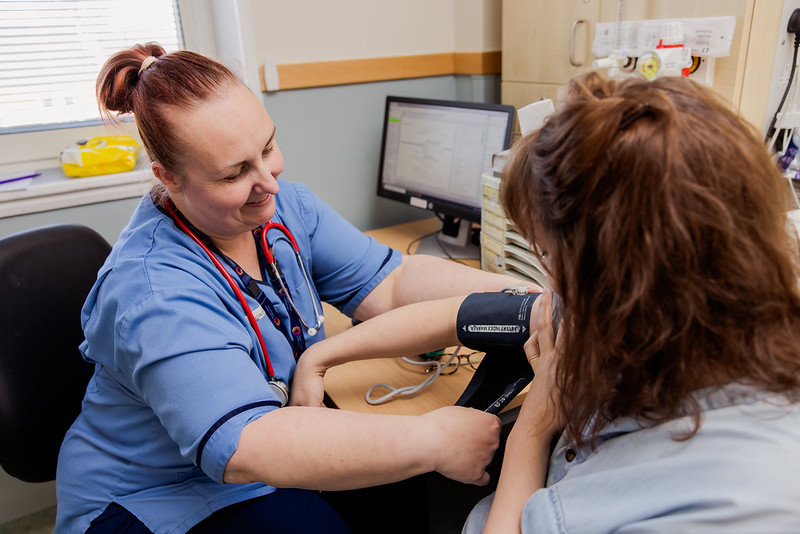It has been four months since the election. It has been a long wait for Labour’s first Budget since 2010. But when she finally stood up to deliver it, Rachel Reeves, the Chancellor of the Exchequer, delivered a weighty Budget speech. She plans to put up taxes by £40 billion to fund substantial extra investment in the NHS and other public services.
With this extra money, Reeves – the first woman ever to serve as Chancellor – is increasing day-to-day spending in the NHS in England by £22.6 billion over two years. In addition, money earmarked for new hospital buildings and fixing the backlog of repairs will rise by £3.1 billion over the same period, to £13.6 billion.
This extra money for new and refurbished NHS buildings was something the RCM demanded during summer’s General Election campaign. It is good to see that much-needed investment getting the green light.
Some of the measures announced by the Chancellor apply to the whole of the UK, although any measures about NHS funding apply only to England. That said, any spending rises mean more is sent to Edinburgh, Cardiff and Belfast for the politicians elected to the Scottish and Welsh Parliaments and the Northern Ireland Assembly to decide how to use. The Chancellor confirmed that as a result of her announcements today, Scotland will get an extra £3.4 billion, Wales £1.7 billion, and Northern Ireland £1.5 billion.
Scanning through the lengthy documents the Government releases alongside the Budget, in which officials set out much of the detail Chancellors do not have time to go through in their speeches, it does feel that the focus is not ambitious enough.
There is lots of attention paid to waiting lists and times, for example. That is fair enough, but this is only part of what the NHS does. The Budget documents reference the 10 Year Plan for the NHS that the Government will publish in the spring. That will set out how the Government plans to transform the NHS from analogue to digital, how it will have more of a focus on preventing ill health than treating ill health, and how it can shift care from hospital to community.
That agenda is thankfully much bigger than just waiting lists. Think, for example, about the massive contribution that maternity services can make to preventing ill health. It is so much better and more effective to help a woman quit smoking when she is pregnant in her thirties than it is to help her quit after she has had a stroke in her fifties. Only maternity services get that prolonged opportunity to help women and their families make healthier choices early in life, before too much damage has been done.
Away from what the Budget means for the NHS, what does it mean more directly for your bank balance? Well, rates of income tax and National Insurance are unchanged, as is VAT and fuel duty, which will remain frozen.
The main way in which the Chancellor will bring in the money to pay for the extra spending on the NHS and elsewhere is through employers’ National Insurance contributions. We haven’t had long enough yet to understand what impact that may have on the NHS, by far the country’s biggest employer, and there was some talk before the Budget that public sector employers may be shielded from it, but that is unclear at the time of writing.
This is a big Budget. The Government is starting properly to pick up the pace. In response to it, there is clearly a job to do for us here at the RCM to ensure that the big role that maternity services can play in delivering on the Government’s ambitions for the NHS are not overlooked. A properly resourced, properly staffed maternity service could have a transformational effect on improving the nation’s health – that is the case we have to make.


